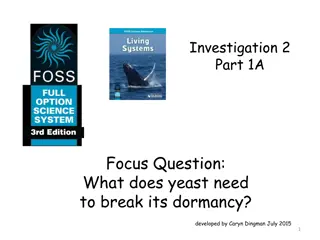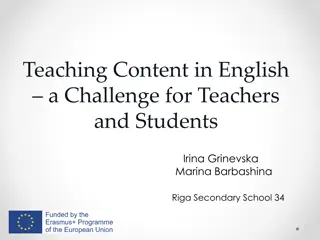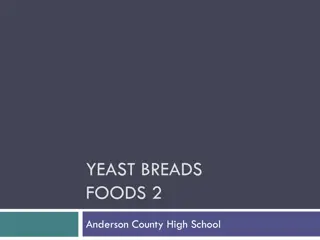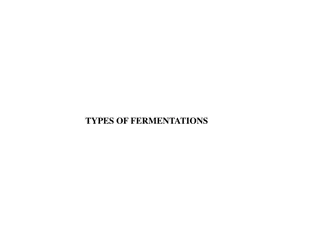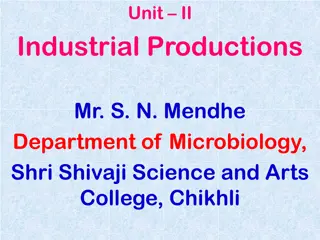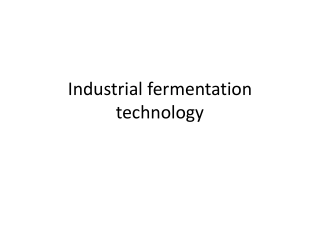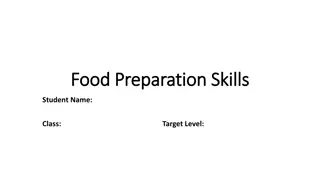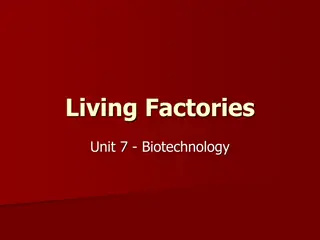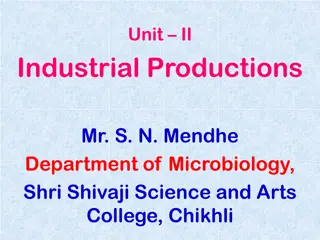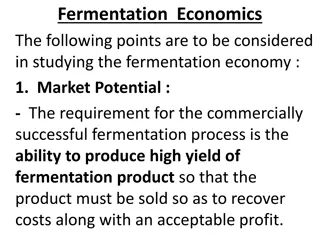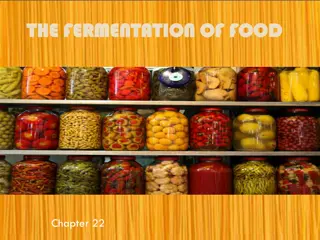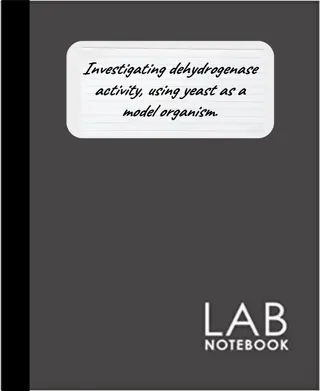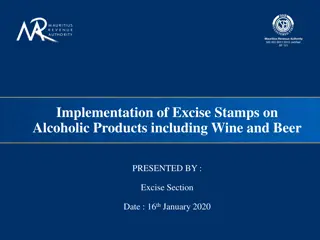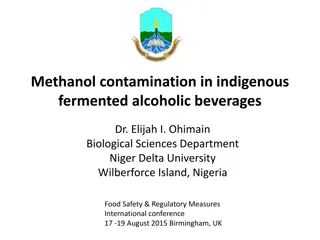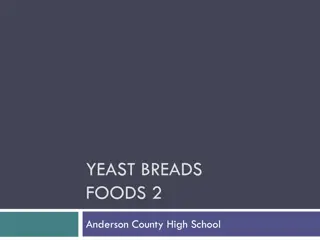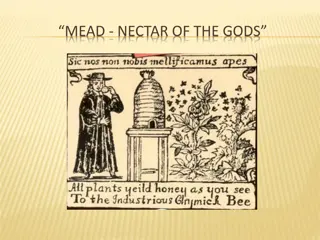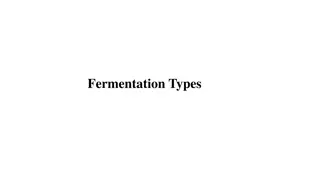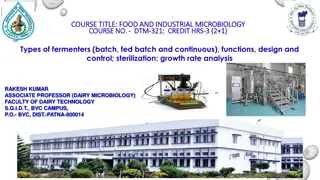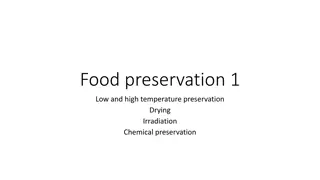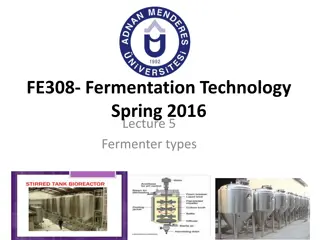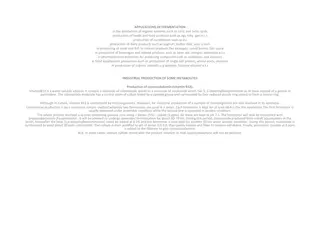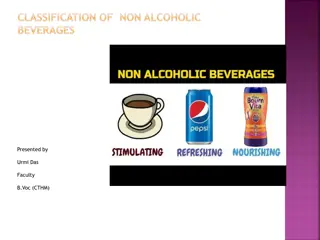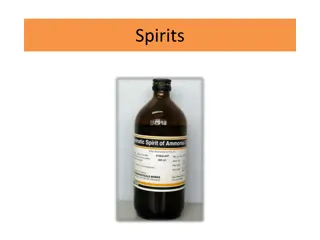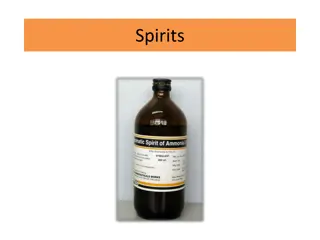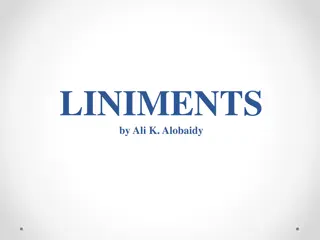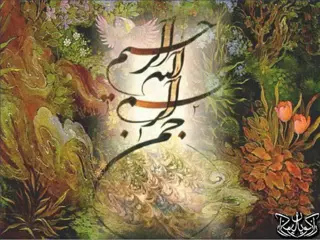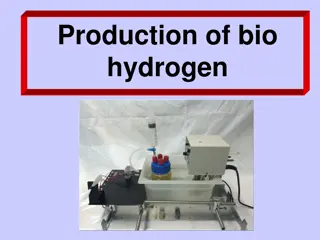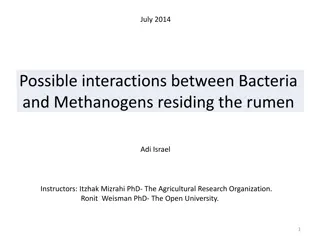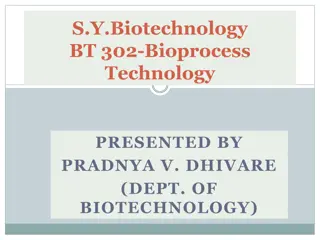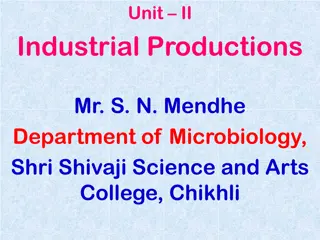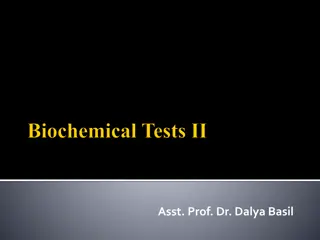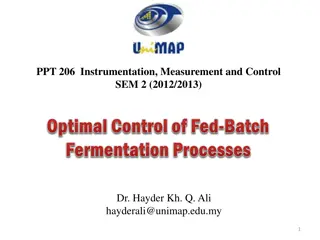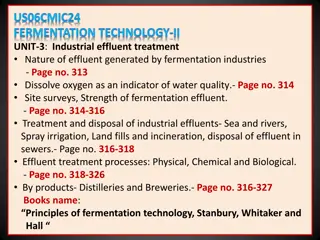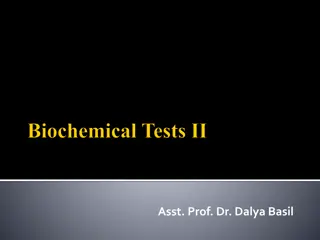Exploring Alcoholic Fermentation Using Yeast in CLIL Science Lesson
This CLIL lesson focuses on the process of alcoholic fermentation using yeast in brewing, baking, winemaking, and cider production. Students will learn about metabolism, biotechnology applications, and different cultures in Europe. The lesson includes activities to build understanding through hands-on exploration, vocabulary development, group work, and visual organizers.
Uploaded on Sep 21, 2024 | 0 Views
Download Presentation

Please find below an Image/Link to download the presentation.
The content on the website is provided AS IS for your information and personal use only. It may not be sold, licensed, or shared on other websites without obtaining consent from the author. Download presentation by click this link. If you encounter any issues during the download, it is possible that the publisher has removed the file from their server.
E N D
Presentation Transcript
3 As for the language contents 4 C s as guiding principles upon built a CLIL programme HOTS and LOTS about thinking skills BICS and CALP about communication skills LessTTT and more STT What have we learned? Plan a CLIL lesson through Contexts4 Content Challenges for CLIL teachers Share Scaffolding and strategies to increase independece methodologies with teachers from other countries Working in an international group CLIL in Dublin Science group: Anna, Emilio, Ilenia
TOPIC & LEARNING OBJECTIVES Using yeast to : the process of ALCOHOLIC FERMENTATION IN BREWING, BAKING, WINEMAKING AND CIDER PRODUCTION Learning about metabolism of microrganisms Learning about using alcoholic fermentationas biotechnology in different countries Subject: biochemistry Content: alcoholic fermentationas biothecnology to produce food and beverages Content: different cultures in Europe Prior knowledge: chemical reactions, metabolism and energy CONTENT Language OF Learning: keywords: yeast, maltos, malt, brewing, hop, anaerobic respiration, enzymes, alcoholic fermentation, sucrose and biotechnology Language FOR Learning: communication language: description, asking questions, comparison Language TROUGHT Learning (apply): learners may ask about scientific vocabulary and some technical instruments (name of organic compounds, flask, ) COMMUNICATION Knowledge Understanding Applying Analysing Evaluating Creating COGNITIVE SKILLS Comparison European cultures related to food (baked products) and beverages (beer, cider, wine) about mediterranean and northern CULTURE/COMMUNITY ELEMENTS CLIL in Dublin Science group: Anna, Emilio, Ilenia
LEAD IN/ACTIVITY PRIOR KNOWLEDGE Show some pictures about beers, cider, bread and wine Ask students: What have they in common? Short video about brewing and ask some questions Complete with the students the KWL table Practical and sensorial activity to approach the content (i.e. examine little dry grains of yeast). Ask some questions. Pre-teach vocabulary and give students a glossary with images Read a short text about the chemical reactions in alcoholic fermentation Ask some questions with different scores INPUT and SCAFFOLDING OUTPUT and SCAFFOLDING ACTIVITIES/TASKS Working in groups to answer teacher questions Using flashcards to understand vocabulary. Differentation: involve some students creating some new flashcards using Flippity app Students work in groups to produce a visual organisers (i.e. flow chart) about the chemical process. At the last they answer the questions. CLIL in Dublin Science group: Anna, Emilio, Ilenia


